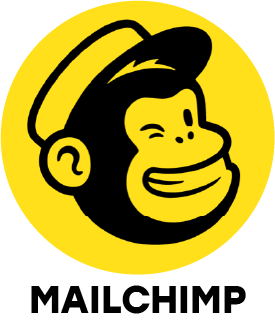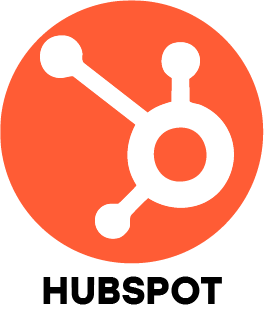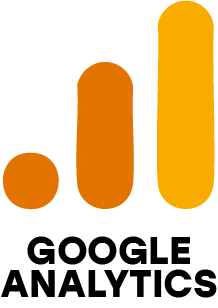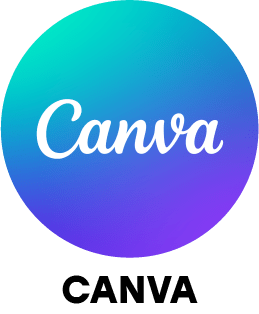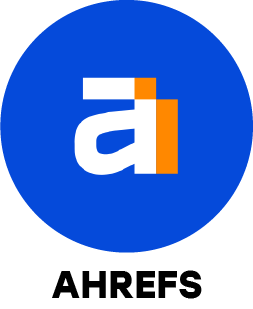1. What is the difference between traditional and digital marketing?
Ans:
Traditional marketing uses channels like TV, print, and radio, while digital marketing promotes products and services online through websites, search engines, social media, email, and mobile apps. Compared to traditional methods, digital marketing is more cost-effective, interactive, measurable, and allows real-time audience targeting and performance tracking.
2. How do SEO and SEM differ?
Ans:
SEO (Search Engine Optimization) increases a website’s visibility in organic search results through keyword optimization, content creation, and link-building. SEM (Search Engine Marketing) involves paid campaigns, such as Google Ads, to appear in search results. SEO is long-term and free, whereas SEM delivers immediate visibility through paid ads.
3. How do you measure the success of a digital marketing campaign?
Ans:
Success is measured using KPIs such as website traffic, CTR (Click-Through Rate), conversion rate, CPA (Cost-Per-Acquisition), bounce rate, ROI (Return on Investment), and customer engagement. These metrics are tracked using tools like Google Analytics, campaign dashboards, and CRM systems.
4. What tools have you used for keyword research and SEO analysis?
Ans:
For keyword research, I use SEMrush, Google Keyword Planner, Ahrefs, Moz, and Ubersuggest. For SEO audits and tracking, I rely on Google Search Console, Screaming Frog, and Yoast SEO to optimize on-page performance.
5. Can you describe a successful campaign you managed? What strategies were used?
Ans:
I led a lead generation campaign for a training institute, combining SEO-driven content marketing, targeted Google Ads, Facebook retargeting, and email nurturing. This approach boosted leads by 40% in two months while reducing cost per lead by 25% compared to earlier campaigns.
6. How do Google Ads work, and which KPIs are most important in PPC campaigns?
Ans:
Google Ads operates on a PPC model where advertisers bid on keywords. Ad placement is determined by the bid amount, relevance, and Quality Score. Important PPC KPIs include CTR, CPC, Quality Score, conversion rate, impression share, and ROI.
7. How important is Google Ads’ Quality Score?
Ans:
Quality Score is a key metric that measures ad relevance, expected CTR, and landing page experience. A higher score reduces CPC, improves ad positioning, and enhances overall cost-efficiency. Maintaining a strong Quality Score is crucial for PPC success.
8. How would you improve a brand’s social media engagement rate?
Ans:
I’d review analytics to identify high-performing content, post consistently, and use engaging formats like reels, videos, polls, and stories. Responding quickly to comments, leveraging influencer partnerships, and encouraging user-generated content also help drive higher engagement.
9. What are the main components of an email marketing strategy?
Ans:
Key elements include audience segmentation, compelling subject lines, personalized content, clear CTAs, responsive design, and analytics tracking. Incorporating A/B testing and automation workflows further enhances open rates and conversions.
10. How do you stay updated on digital marketing trends and algorithm changes?
Ans:
I stay current by following trusted resources such as Search Engine Journal, Moz, HubSpot, and Google Search Central. I also attend webinars, LinkedIn Learning sessions, subscribe to industry newsletters, and engage in digital marketing communities to learn and test new strategies.






